
Green claims - how recent EU regulations can help futureproof products and improve profitability
November 2022
by 42T's sustainability team: authors Jake Greer and Tim Hartley with Shreeya Patel
The EU launched stricter marketing regulations from Nov 2022 which products must pass to make claims in 16 key environmental impact areas. How do manufacturers turn this 'restriction' into an opportunity?
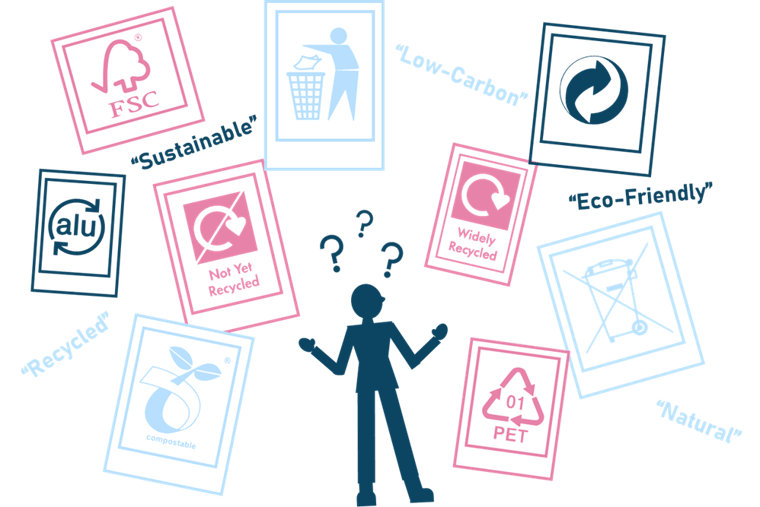
Decoding product & packaging language and symbols
There is a lot of confusion surrounding sustainability. Especially the sustainability of the products we use and the packaging they arrive in. A lot of this confusion can be attributed to the terminology involved.
The term sustainable itself has no concrete definition when it comes to products and product packaging. Similarly, terms such as 'responsible' and 'naturally sourced' can convey an impression of good for the planet without having any quantifiable differentiators to any other product on the market.
.jpg?width=757&height=505&name=pexels-shvets-production-7512924%20(2).jpg)
This lack of clarity and freedom to use these terms as companies wish has led to problems such as ‘greenwashing’ and a lack of trust between manufacturers and consumers. The historic lack of threshold or standards for these terms reduces the extent of the positive changes that could be made as the potency of these words have been diluted.
What do the public know about the definitions and symbolism of sustainability?
When asked the question: “Which of the following would you apply to products advertised as sustainable or eco-friendly?” The responses from the general public were very mixed.
Table 1 shows that there was no conclusive or stand-out factor that the public believed made a product sustainable or eco-friendly. As the possible definitions given were all distinct and different, this highlights the confusion amongst users.
Table 1 - Results of “Which of the following would you apply to products advertised as sustainable or eco-friendly?”

Similarly, a confusion exists around product and product packaging disposal. These terms, intended to inform, can result in improper waste processing. Materials that could be recycled are put into general waste or non-recyclable products pollute the recyclable waste stream.
In a poll conducted by 42T, when posed the question “I understand the 'eco' symbols on packaging” only 19% of the recipients agreed with the statement.
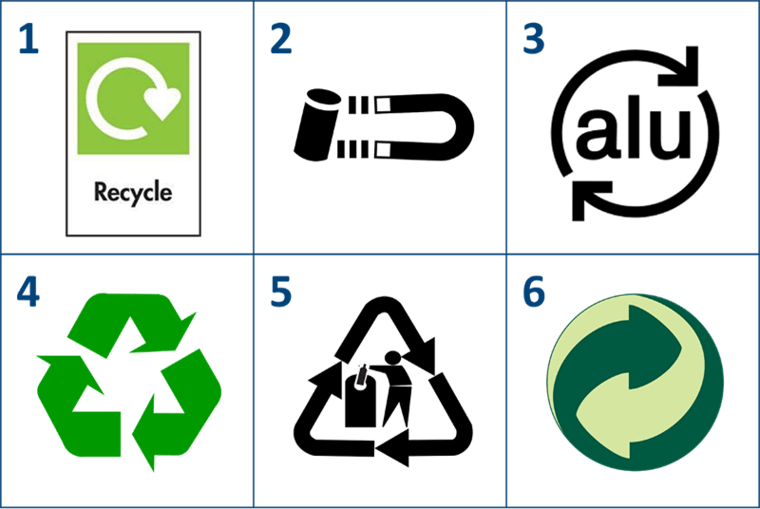 Figure 1 - 'Eco' Symbols shown during the survey
Figure 1 - 'Eco' Symbols shown during the survey
What areas of sustainability can be targeted?
When designers are attempting to improve the impact of their products on the environment, typically the emissions and material use from manufacture are considered. Reduction in material, switching to a lower carbon intensity material or switching to a biodegradable material are all common choices for redesign. Less commonly considered or designed for, is the product's end-of-life.
There has always been a difficult balance of responsibility for the disposal of products and their packaging. Whilst material choices and design enable the possibility of recycling, ultimately what determines the waste stream the product enters, is the user.
Why should manufacturers care about making products easier to recycle?
Currently, there is no strict regulation or government intervention in place to provide a strong impetus for change. However, there are benefits to manufacturers to make these changes earlier than regulations force them to. It could be argued that doing so 'future proofs' the products in their current form. It will also allow the products to be designed with no enforced time constraint.
In addition, if manufacturers wait until regulations come into force, they may be at risk of supply chain issues as there is a simultaneous industry switch. Aside from the practical advantages with improving the sustainability of products, there is the improved consumer perception of a company and its products. Consumers have proven a preference for products boasting eco-credentials above those of their competitors.
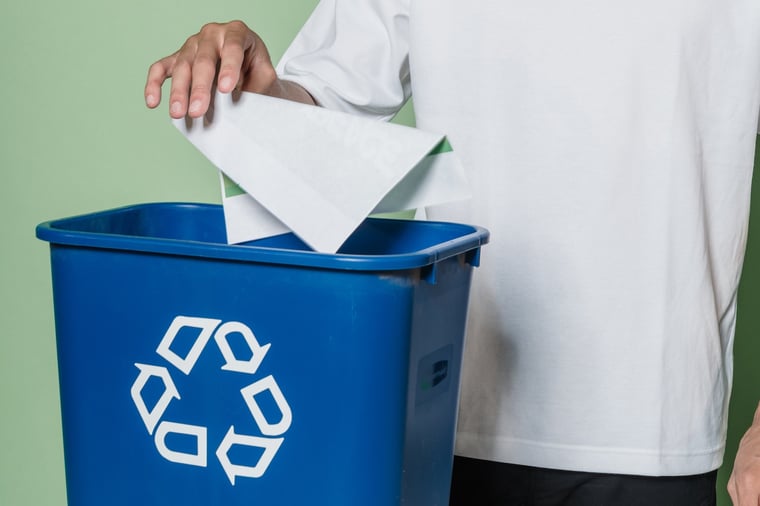
The regulatory push is gaining momentum with various markets already banning plastics for certain products and packaging. And there is the promise of new areas being included in the future. There is also a mounting drive to regulate the marketing around ‘greener’ products. The Green Claims Code came into force in the UK in late 2021.
From November 2022, the EU is set to launch stricter marketing regulations with standard assessments methods that products must pass to make claims in 16 key environmental impact areas.
The latest provisional agenda of the College of Commissioners shows it is currently expected as part of the Circular Economy Package II at the end of November 2022."
What can be done by product manufacturers and designers?

To influence the likelihood of products ending up in the correct waste stream manufacturers have several options.
- Material choices are key. Choosing a material that is recycled by most waste services in the product’s target markets has a large impact
- Similarly, design of products and packaging can improve ease of recycling
- A design that can be made from a single material makes it easier for the user to process and pick the correct waste stream
- Using fewer parts makes disassembly easier for the user and less complex for recycling. Additionally, smaller parts are traditionally harder to recycle. So using fewer larger parts increases the likelihood that an item will be recycled
- Careful consideration about how the parts fit together and are attached results in fewer extra materials that could result from adhesives or fasteners
- Lastly, products should be labelled in a way that is easy for the user to understand. Crucially, this should include how to process the product or packaging into the correct waste stream

Figure 2: UK based Recycle Now symbols on packaging. Clear instructions on how to dispose of the packaging that matches the real waste processing system in the UK
The on-pack recycling label is a recent adoption onto packaging compared to many of the other packaging symbols commonly used. The primary difference between these symbols and their alternatives are the actions that are included. This makes it far easier for users to understand and has been noticeably more successful than its predecessors.
Where to from here?
Until the terminology surrounding the sustainability of products is regulated and fully defined, there will be confusion surrounding which products are actually making a difference rather than merely claiming to do so.
Despite this, it is in manufacturers' best interests to improve the sustainability credentials of the products as much as possible. This is most evident with the consideration of product disposal and recyclability.
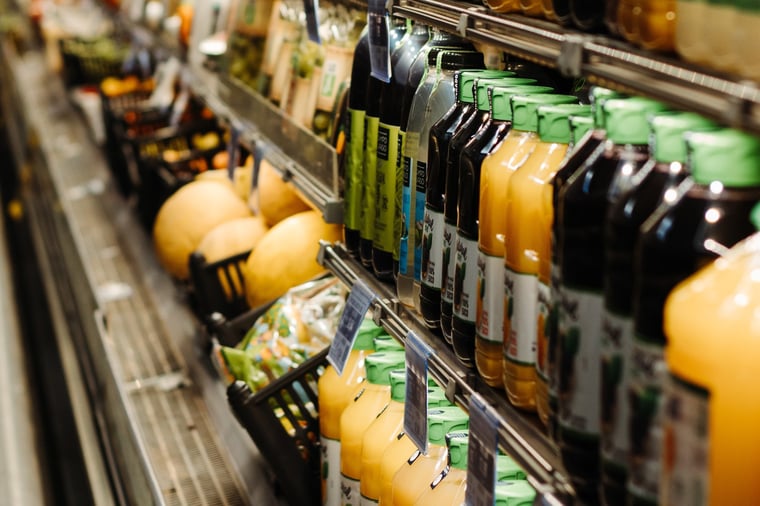
With the likelihood of emerging requirements from different markets in multiple areas of legislation, we are uniquely positioned to assist. We routinely redesign and/or source materials for products and packaging to meet these new challenges for our clients.
There is an opportunity to embrace the properties of newer materials and add new enhanced functionality and user experience. Manufacturers have an opportunity to streamline their operations, save on natural resources and materials, and ultimately, improve their bottom line.

answers@42T.com | +44 (0)1480 302700 | LinkedIn: Tim
Tim is a consultant at 42 Technology with experience in conceptual design, development, testing and prototyping. He has worked on many different products from diverse industries. These range from surgical devices to food and beverage handling systems. 42T believes in drawing in knowledge from other sectors to achieve client goals.
Share this article:
Related Articles
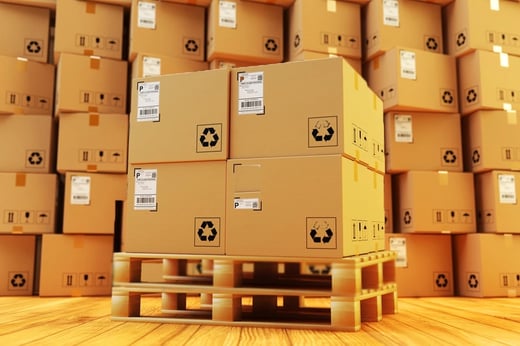
Sustainability, Industrial
EU packaging waste regulations are a significant opportunity
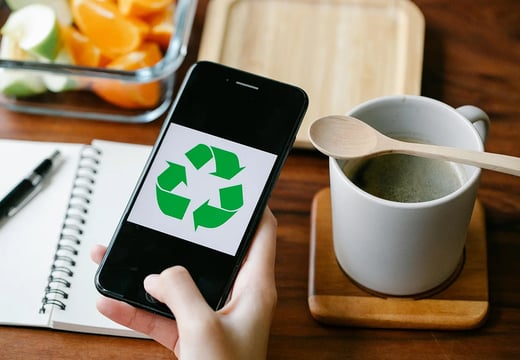
Sustainability, Product Design
The Eco-design Directive for sustainable products - are product owners ready?
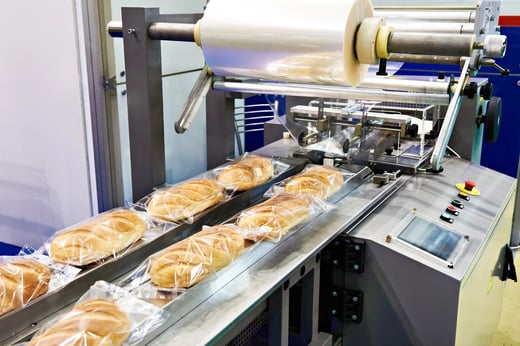
Consumer, Sustainability
Supporting the transition to sustainable packaging materials and heat sealing challenges

What will you ask us today?
We believe in asking the right questions to drive innovation; when we know the right questions, we generate the ideas to answer them.

